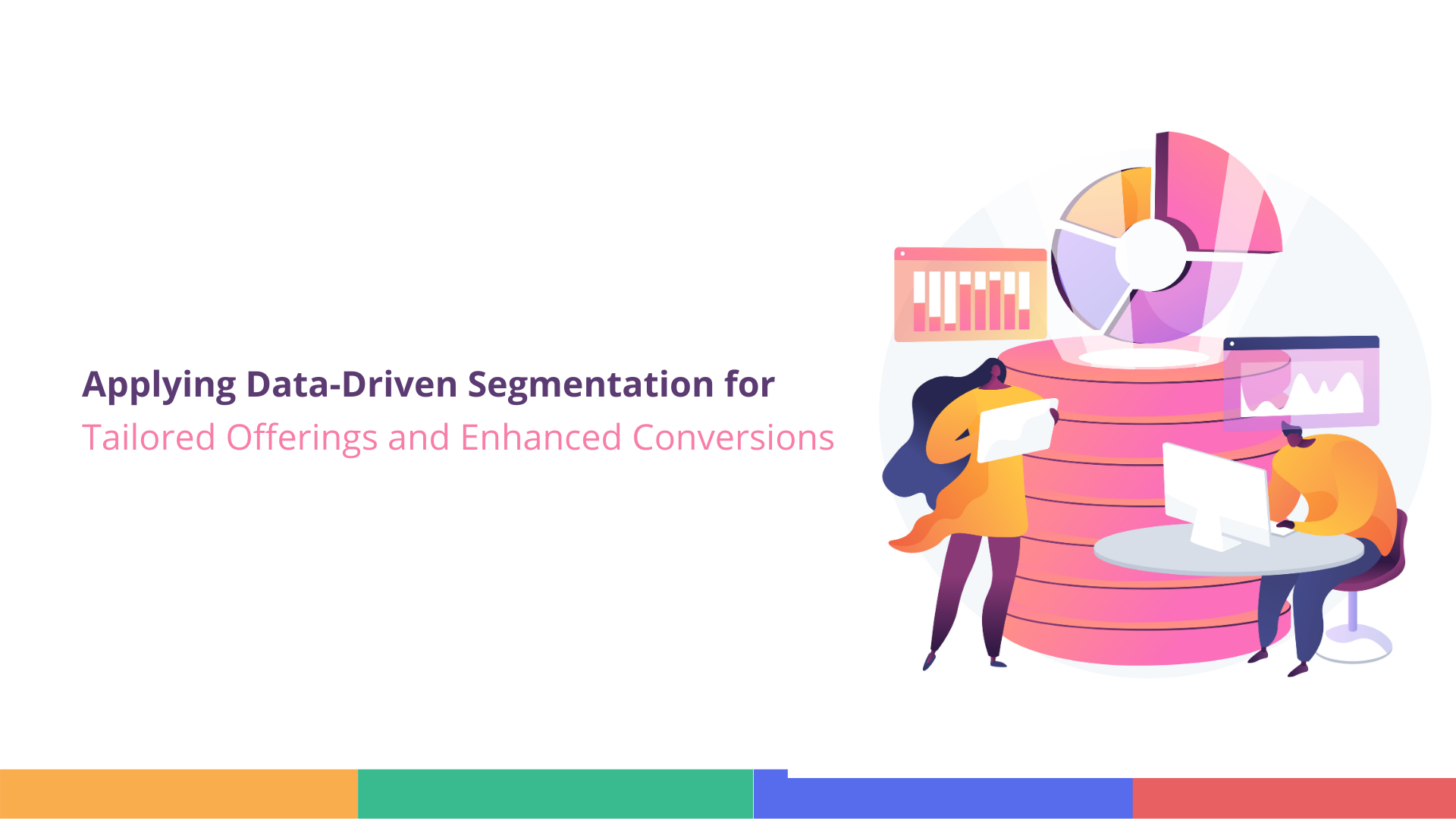Why do customers tend to prefer a particular store?
Ever wondered how your favorite online store seems to understand your choices and recommend relevant products? The secret lies in data-driven customer segmentation. We live in an era of abundant choices, and fleeting attention spans; the ability to connect with customers personally has become the holy grail of online success. Thus the a need to send the right message or recommendations to the right audience.
Understanding Customer Segmentation in E-commerce
So, what is customer segmentation, and why does this matter? It divides your broad customer base based on shared traits or attributes. Most people falling into such a narrowly defined target group tend to behave in similar ways. Doing your website SEO, you already are familiar with Google Analytics. Google Analytics is also a great entry into understanding customer behavior, readily available. For deeper analysis, we thus recommend using CRM tools like Hubspot or Zoho which require more effort to get started with the benefit of deeper insights.
Designing a strategy based on knowledge will most likely succeed as it’ll resonate with your target group.
Benefits of Customer Segmentation
Here are some of the benefits of customer segmentation:
- Streamlines the organization, serving crucial customers cost-effectively.
- Simplifies personalized marketing, boosting open rates, conversions, and loyalty.
- Customer segmentation aids in identifying and prioritizing loyal customers, enhancing the likelihood of repurchases and brand advocacy.
- Fosters competitiveness by tailoring communication to customer preferences, increasing repurchases, and minimizing irrelevant content.
- Helps in price optimization by understanding spending patterns, preventing resource wastage, and enhancing communication efficiency.
- To know all about Customer Acquisition, Read Blog: Customer Acquisition in E-commerce: Top Tips.
Using Data-driven Segmentation to Drive Sales
Utilizing “Data-Driven Segmentation,””Tailored Offerings for Different Segments” involves customizing various aspects of a business’s products, marketing messages, pricing strategies, and promotional content to cater to different customer segments’ specific needs and preferences. Let’s elaborate on each component:
A. Creating personalized product recommendations:
By analyzing your customers’ behavior and spending patterns, you then can segmentize and thus serve their needs better.
You then can offer personalized product recommendations to each segment, enhancing the likelihood of customer satisfaction and increasing the chances of conversion.
Such is the hidden power of customer browsing history and purchase patterns.
B. Customizing marketing messages for specific segments:
Tailoring marketing messages involves crafting content and advertisements that resonate with the unique characteristics of each customer segment. This may include adjusting the language, imagery, and overall tone of marketing materials to appeal to a given segment’s specific interests and preferences.
For instance, a clothing retailer might tailor its advertising messages differently for young adults than an older demographic.
In this example, it also helps that usually, different groups choose to use different communication channels.
C. Pricing strategies based on segmentation:
Businesses can implement pricing strategies based on varying price sensitivities of different customer segments.
This involves offering discounts or promotions to price-sensitive segments while implementing premium pricing for segments prioritizing quality or exclusivity.
D. Showcasing relevant content and promotions:
Tailoring content and promotions involves curating and displaying information that is most relevant and appealing to specific customer segments. This could include showcasing products, services, or promotions that align with the unique needs and preferences of each segment.
For example, you could highlight different genres of products, i.e. a step up from the usual in quality, based on the viewing history and preferences of different user segments.
Conclusion
In summary, the key to success in tailored offerings for different segments lies in understanding your customer base. The diverse characteristics.And implementing strategies that speak directly to the unique preferences and behaviors of each segment. This approach not only enhances customer satisfaction but also increases the effectiveness of marketing efforts and contributes to overall business success.




